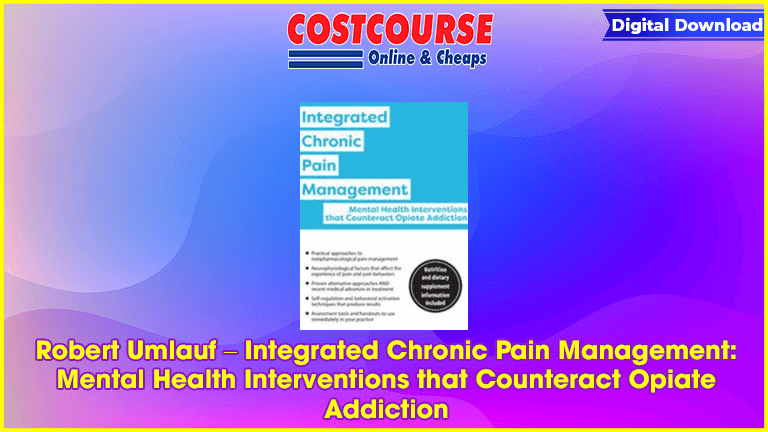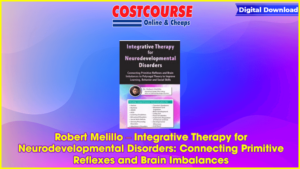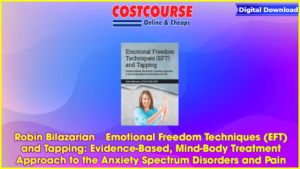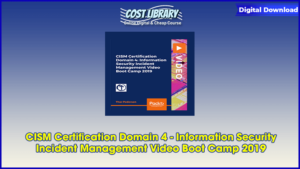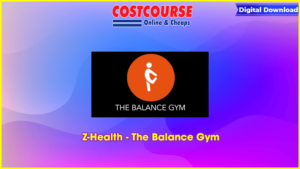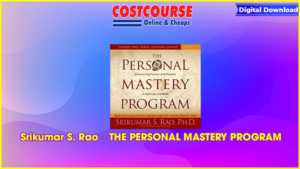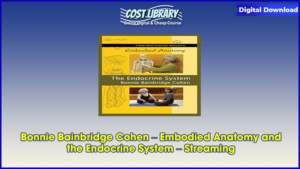Description
Pain Management is a Key Battleground in the 21st Century Opioid Epidemic
A history of mental illness and/or substance abuse are high risk factors for opioid addiction, so the clients we see in our practices every day are more susceptible to the dangerous trap of opioid dependency.
Robert Umlauf – Integrated Chronic Pain Management: Mental Health Interventions that Counteract Opiate Addiction
With reports of opioid related addictions and deaths on the rise, doctors and their patients are actively searching for alternative ways to manage pain. Due to our training in the assessment and treatment of mental illnesses and addictions, behavioral health professionals are uniquely poised to battle opioid addiction by helping clients learn to manage their chronic pain without pills. However, many of us feel that we don’t have the training or current information to face the very real challenges of treating clients who are experiencing chronic pain.
With over 30 years of practical experience in the treatment of physical pain, Dr. Robert Umlauf prepares you for effective practice with clients who are at risk of, or already in, the trap of opioid addiction. He will help you expand your assessment abilities to include the neurophysiological, cognitive, emotional, and behavioral factors involved in the development of chronic pain syndrome. You will learn to use specific self-regulation and behavioral activation skills that can help any client manage pain better. Dr. Umlauf will also present new medical research, alternative medicines, the impact of diet and nutrition, and effective evidence-based treatments. He employs highly interactive, hands-on experiences in teaching multidisciplinary approaches to pain management.
Handouts
Manual – Integrated Chronic Pain Management (5.59 MB) 58 Pages Available after Purchase
Outline
CHRONIC PAIN: NEUROPHYSIOLOGICAL FACTORS, EXPERIENCES, AND PAIN BEHAVIORS
How time from onset and type of pain play a role
Pain Egg and nociception
Psychophysiology of pain as a PERCEPTION
Smoke Alarm metaphor: acute vs. chronic pain
Autonomic systems and power of retraining
Pain vs. Suffering
Historical predictors of developing chronic pain syndromes
OPIATE USE IN THE USA
Pain Clinic History and shift towards increase in opiate prescribing
What influences the drive toward increased prescribing?
CDC Guidelines on opioid prescribing
Opiate overdose deaths and addiction
Screening tools for opiate abuse potential
PSYCHOLOGICAL ASSESSMENT IN PAIN POPULATIONS INCLUDING DIFFERENTIAL DIAGNOSES: LIMITS AND CONCERNS
Use of tests and their limits
MMPI-2-RF
BBHI-2
CES-D
BDI
Additional tests
Intake interview components
Primary Care coordination: strategy for collaboration with other professionals
Tools to assess and treat mental processes that exacerbate pain
INTERVENTIONS: TALK THERAPY IS NOT ENOUGH- PAIN PATIENTS NEED SKILLS
Manage mood and set goals by adapting:
CBT
ACT
Other therapies
Educate: “Harm Alarm†retrain perceptions
Self-regulation: including mindfulness
Biofeedback: simple techniques ANYONE can use
Cognitive reframes for Pain Management
PACE: including behavioral monitor and tracking scales for self-regulation
Motivational Interviewing: adaptations for chronic pain treatment
Heal the past: Sarno’s model
Sleep
Behavioral tools
Sleep hygiene
Sleep restriction
Environmental factors
Apps for Pain Management
B2R
Pedometer
INTEGRATIVE OPTIONS
Alternative/Integrative Medicine
Recent medical advances in pain treatment
Psychotropics and antidepressants
SNRI’s: first line
Low-dose TCA’s and sleep: be careful!
Avoid the Benzo’s!
Nutrition, Diet and Supplements: evidence-based suggestions
Acupuncture: NIH consensus conference data
Provider skill is a major factor in outcomes
MRI data and common pathways for healing
Hands-on Options
Physical Therapy, Exercise and Rehabilitation
Chiropractic, Osteopathy and Manipulation therapies
Massage, Deep Tissue therapies
Other modalities: Rolfing, Craniosacral, Myofascial Release, Dry needle, etc.
INCORPORATE NEW SKILLS
Self-regulation exercises
Biofeedback lab
Challenge that catastrophic pain belief

